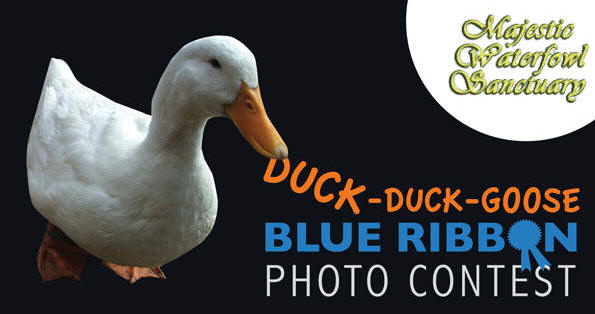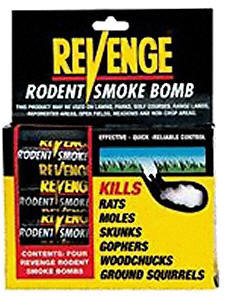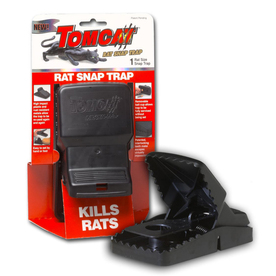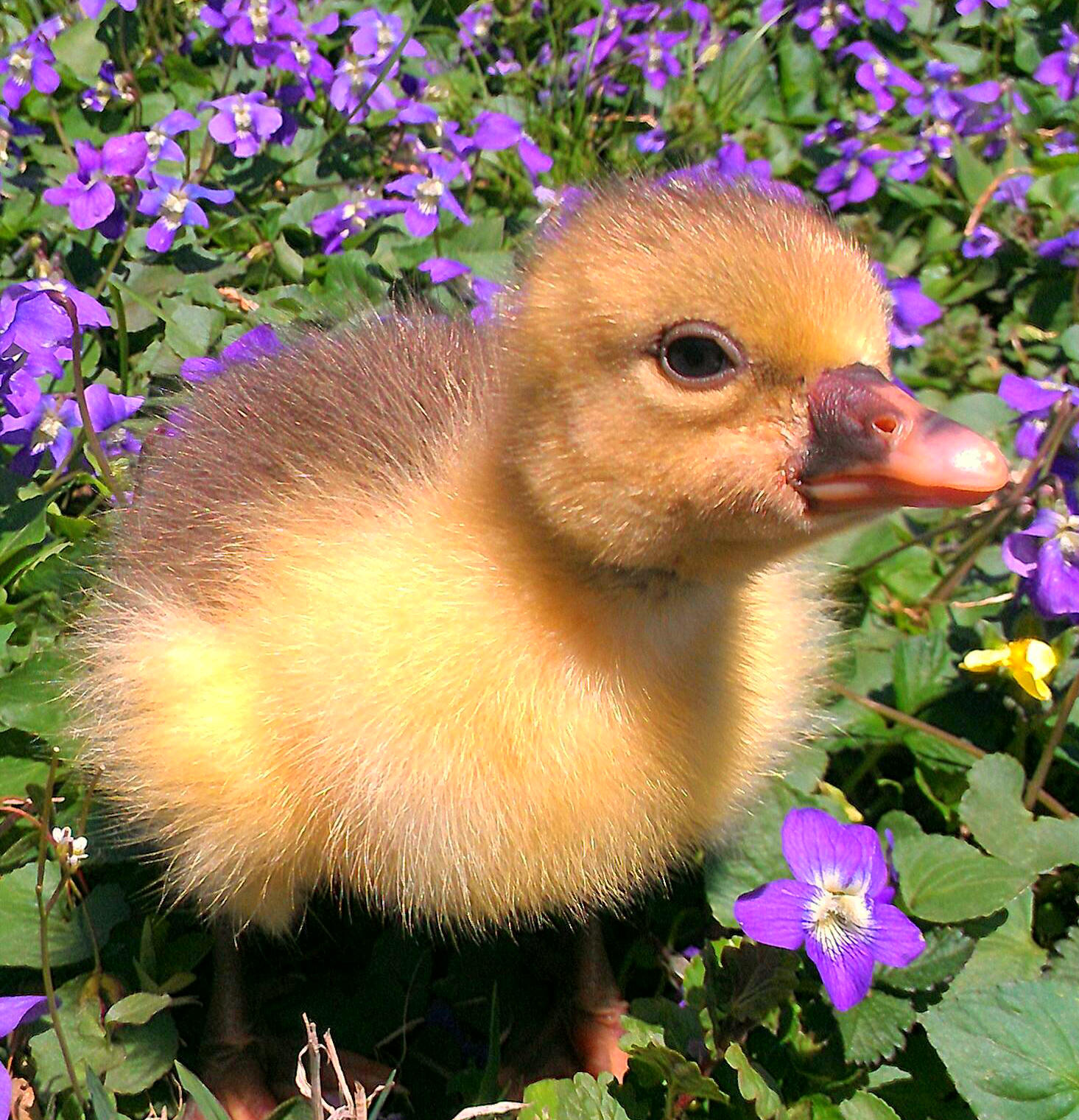Duck-Duck-Goose Blue Ribbon Photo Contest!

There's still time to get in on this year's fun! Our ribbons this time around are bigger and more beautiful than ever!
Please review our guidelines by clicking Photo Contest Rules.
--Special thanks to Lisa for designing our beautiful contest flyer and our new Majestic Waterfowl Sanctuary Facebook page (be sure to go check it out!)
Sponsor-A-Ribbon
We still have a few Ribbon Sponsorships available! Ribbon Sponsors can have their name or their business's name and website hyperlink associated with a prize ribbon.
For Example:
1st Place!
Most Comical
"Stretching Before the
Show"
Amadeus & Joker
Submitted by: Kimberly Link
Blue Ribbon Sponsor:
Hobbes Mountain
Ribbon Sponsorship will cover the cost of the prize ribbon, shipping it to the Winner as well as a donation to our Majestic rescues (of course!).
2013 Sponsor-A-Ribbon
Most Photogenic Ribbon Sponsors:
1) Blue
1st Place Ribbon:
$25.00
(TAKEN!)
2)
Red 2nd Place Ribbon:
$20.00
(TAKEN!)
3)
White 3rd Place Ribbon:
$15.00
(TAKEN!)
Most Comical Ribbon Sponsors:
1) Blue
1st Place Ribbon:
$25.00
(TAKEN!)
2) Red 2nd Place
Ribbon:
$20.00
(TAKEN!)
3)
White 3rd
Place Ribbon:
$15.00
(TAKEN!)
Most Mallard Ribbon Sponsors:
1) Blue
1st
Place Ribbon: $25.00
(TAKEN!)
2)
Red 2nd Place Ribbon:
$20.00
(TAKEN!)
3)
White 3rd
Place Ribbon:
$15.00
(TAKEN!)
This page will be continually updated as Ribbons are Sponsored!
Visit our Ribbon Sponsorship page for details on how you can support this wonderful sanctuary fundraiser!
Rodent Control
This question has been coming through to us a LOT lately: rodent control. For those of you who have a copy of The Ultimate Pet Duck Guidebook or The Ultimate Pet Goose Guidebook you'll know how we address this problem here without using dangerous chemicals or poisons.
Unfortunately, there are always freeloaders trying to come to our pens for a quick meal and keeping them out can prove difficult. Rats especially will do more damage to pen structures than anything else. They like to carve additional doorways into duck houses and goose barns and, if given the opportunity, they will use feed dishes like litter boxes and run off with more than their share of your beloved pets' supper.
We utilize three basic of tactics to keep rodents under control and out of our pens:

1) Sanctuary cats!
We have two rescued female cats (spayed of course) who have grown up in our pens and have a healthy respect for our ducks and geese (especially Smidge!). Our cats live in the enclosures with our rescues and move from pen to pen utilizing cat doors and ramps. At night and in cold weather they can be found lounging in cat beds up in our hay loft. It's a safe and enriching environment to play in and they love keeping the mice and small rats out!
 2)
Revenge Smoke Bombs
2)
Revenge Smoke Bombs
These have proven invaluable. We always have them on hand to drop down any sudden holes that appear in or around our sanctuary. They are scented carbon dioxide smoke bombs (scented for human safety) and can safely be used in the vicinity of waterfowl provided they are used properly and according to the directions--and provided your ducks and geese are sticking their bills into what you're doing--a little distance is in order!
Be sure to read all package instructions and safety guidelines before beginning.
Basically, you find all of the adjacent and connecting holes. Cover over all but one of these holes with sand or soil and then place a healthy sized rock over the top of each covered hole. Then place a pile of filler soil near the final hole and have a good-sized rock ready as well. Light the fuse of one smoke bomb and push it down into the open hole. Cover the hole quickly with the soil and then place the rock on top.
Stand watch and have extra soil and rocks ready in case any smoke comes out of any hidden holes. Cover those quickly to avoid any escapees. After a few minutes the rodents inside will be trapped, fall unconscious and suffocate.
Return to the hole twenty minutes later with gloves and dig out the used rodent bomb and dispose according to the directions.

3) Tomcat Snap Traps
These traps can be used OUTSIDE and around duck enclosures where your ducks and geese CANNOT come in contact with them.
We set these outside and around our perimeter fencing in areas where rodents like to travel. We aim the open mouth of the trap towards the fencing to prevent any other wildlife from accidentally triggering the traps.
Additionally, we attach a wire tether line to each trap and use a carabineer to latch it to the fencing. This prevents predators for coming for a quick meal and dragging off our traps (a favorite trick of fox and raccoons).
Unlike traditional rodent traps, snap traps are easier and safer to handle and set.
Clever Rodents
Keep in mind, rats are very clever and they will quickly outsmart your traps, so it's best to wipe out as many as you can at a time and then switch tactics. They will learn to backfill their holes with soil to thwart smoke bomb attacks and they will avoid snap traps or learn to fill them with dirt to foil your attempts. More so, they will teach these behaviors to their young. For best results strike quickly and thoroughly to prevent rodent invasion.
Have another safe and helpful trick? Email Us and let us know. We would love to share your ideas with others!
Tricia's Toxins
Symptoms: Disinterest in normal activities (being snuggled and swimming), complete loss of appetite--even favorite treats, lethargy, hiding in her duck house, avoiding other flock members, remaining in one place for long periods of time.
Action: Immediate vet visit. Remember, ducks and geese mask their symptoms for as long as they can as a defense against predators, which means by the time you notice something, things have often already progressed pretty far.
Findings: Physical exam indicated that Tricia was very sore in her pelvic/stomach region. A pelvic exam was done to ensure she was not egg bound. Leg and hip bones were carefully examined to ensure her issues were not skeletal.
Tests: A comprehensive avian blood panel was performed.
Initial Diagnosis: Hidden infection OR ingestion of spring algae bloom hepatoxins. (While our ponds are clear of this, our stream flows through multiple properties and forested areas and we always have to consider what might have drifted downstream).
Initial Treatment Plan:
1) Removal of Toxins: Activated Charcoal 1 teaspoon mixed with food (Ensure Nutritional Shake), once daily for 3 days (syringe fed).
2) Antibiotics: Clavamox 250 mg twice daily for 7 days. Given two hours prior to administering activated charcoal.
3) Syringe Feeding: Ensure Plus Nutrition Shake (Strawberry), Critical Care, Probiotics (Manna Feast & Avi-Culture) and Iams Maximum-Calorie canned cat food (for daily meal amounts, refer to our Newsletter issue 76).
4) Pain Management: 2.5 mgs Torbitrol at bedtime to ensure a good night's rest, which is vital to recovery.
Blood Panel Results: Mild white blood cell increase, indicating some type of infection.
Updated Treatment Plan: Vet re-check in 7 days with a plan to x-ray and/or perform a fecal culture if adequate improvement was not seen.
Results: Behavioral improvement seen in 7 days. Vet re-check indicated no pelvic/abdominal pain during palpating. Refilled Clavamox prescription for another 7 days.
Appetite returned in 14 days with a full recovery on the horizon!




